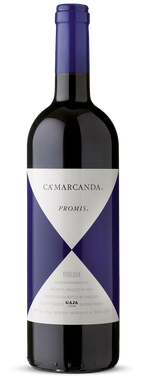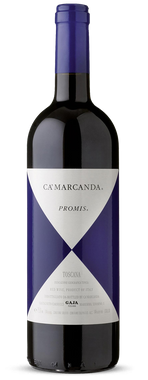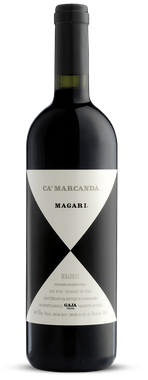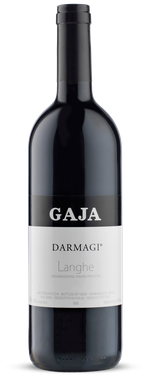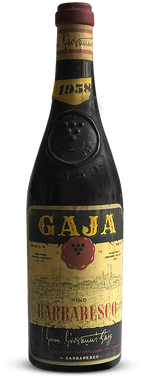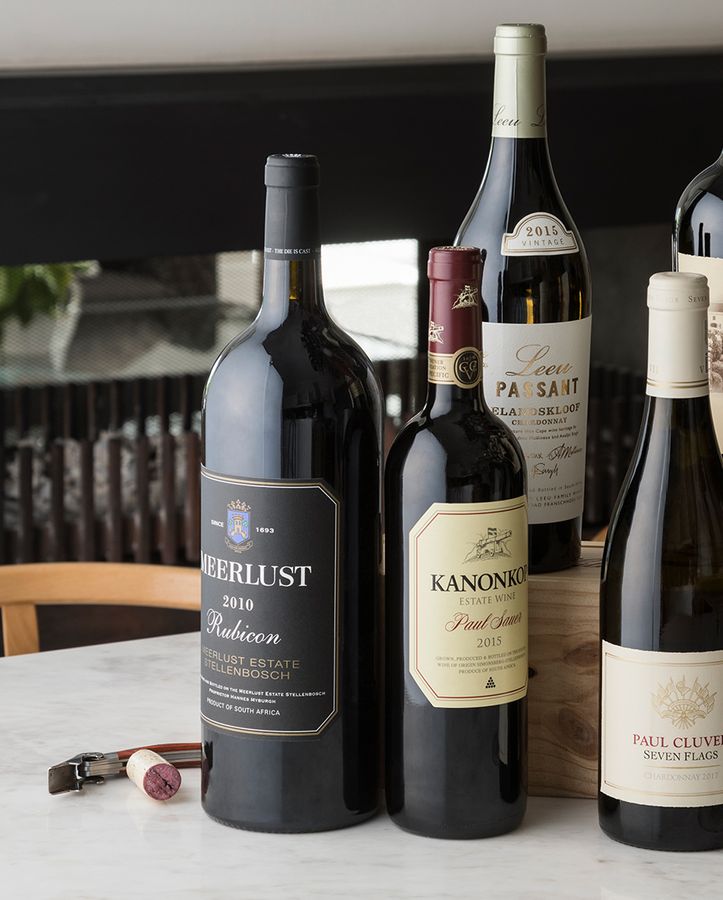The Gajas are an Italian winemaking family from Piedmont (Piemonte), in Northern Italy, with a 158 year history (and counting). The name ‘Piemonte’ literally means ‘at the foot of the mountains’, given that the area is surrounded on three sides by the Alps; bordering France, Switzerland and the Italian regions of Lombardy, Liguria and the Aosta Valley. Piemonte produces more Denominazione d’Origine Controllata e Garantita (the highest quality) wines by volume, than any other Italian wine region, with nearly 84% of the area’s wine falling under the aforementioned designation. The area is largely known for its Barolo and Barbaresco wines, which is where the Gajas come in. Now it is important to understand a few things (we should really include a glossary when dealing with European wines):
Barolo vs. Barbaresco
Barbaresco and Barolo refer to specific areas in Piemonte, wines from these areas carry the name and when designated DOCG, are 100% Nebbiolo. Angelo Gaja is famously known for declassifying his DOCG Barbaresco and Barolo wines in order to blend the Nebbiolo with 5-15% Barbera, in an attempt to temper the acidity of the wine he said (his daughters have since reinstated the classification with his approval). It is interesting to note however that Barolo and Barbaresco did not enjoy the same level of acclaim historically. It was in fact Barolo that was known as the wine of kings; even though Barbaresco’s soils were more fertile and its climate more suited to the thin, yet tannic skin of the Nebbiolo grape. Seeing the potential, the Gaja family purchased large tracts of land and started making Barbaresco in earnest and to great acclaim. One of the many things that distinguish the Gajas from other winemaking families and remains as a testament to the quality of their wine, is the fact that when a vintage does not live up to their standards, they sell it off in bulk, as they did in Piemonte in 2002 and in Montalcino in 2002, 2003 and 2009.
GAJA land
As you may have surmised, the Gajas went on to purchase land outside Piemonte, including Montalcino and Bolgheri in Tuscany, making Brunello di Montalcino (Sangiovese Grosso from Montalcino) and blending various Western varietals suited to the Bolgheri region. Angelo is largely seen as one of the modernizers of the Italian wine industry, believing in higher density planting, green harvesting, lower yields, temperature-controlled vinifications, shorter macerations, new French oak barriques and the planting of Western varietals. His father Giovanni took particular offence to the planting of Western varietals on prime Barbaresco land and subsequently named a Cabernet Sauvignon-based blend ‘Darmagi’, meaning ‘What a pity’ in the Piemonte dialect. Angelo did however draw the line at expanding outside of Italy, preferring to remain within bounds and focussing on the potential of Italian soil.
Marcello Mastroianni
But it's the Barolo and Barbaresco you have to try. Angelo says that a Cabernet Sauvignon is like John Wayne, he’s open, easily understood, dominating and always the same. But Nebbiolo is like Marcello Mastroianni (Italian Actor), brooding, quiet, harder to understand but infinitely more complex (as evidenced by the different interpretations of the grape). Now we don’t know about you, but even though we’ve never personally met Marcello Mastroianni, we'd have liked to take him out for a drink and find out what we’ve been missing, no?
